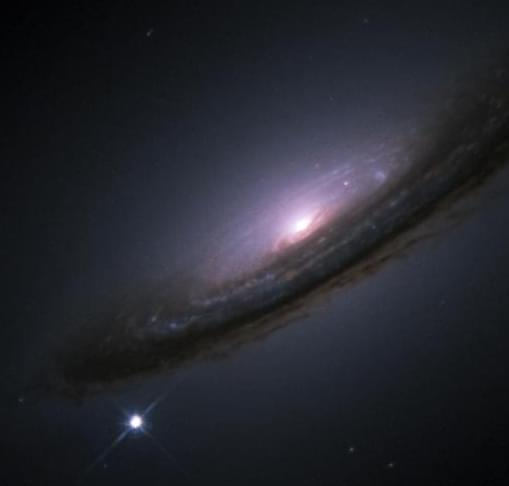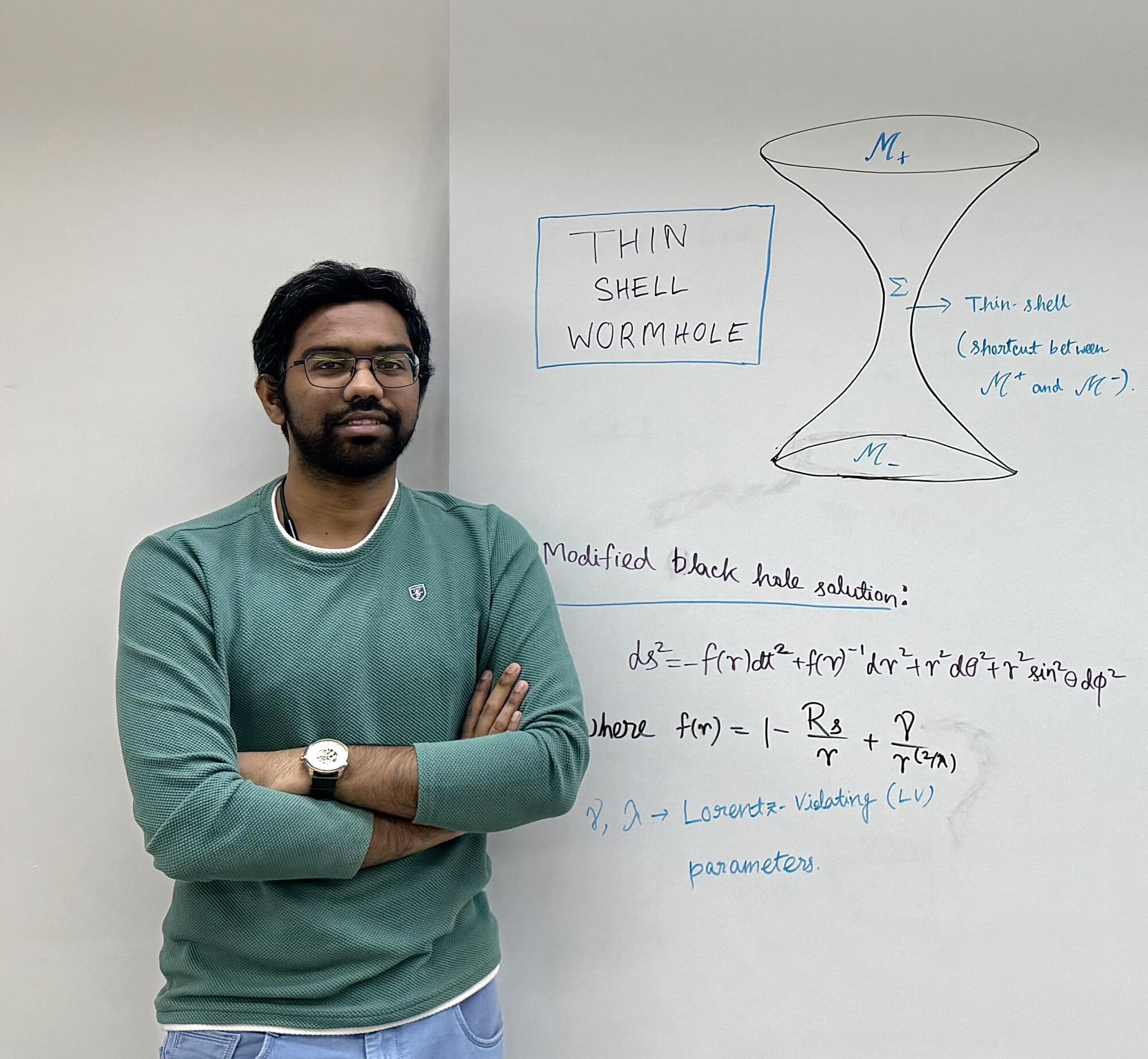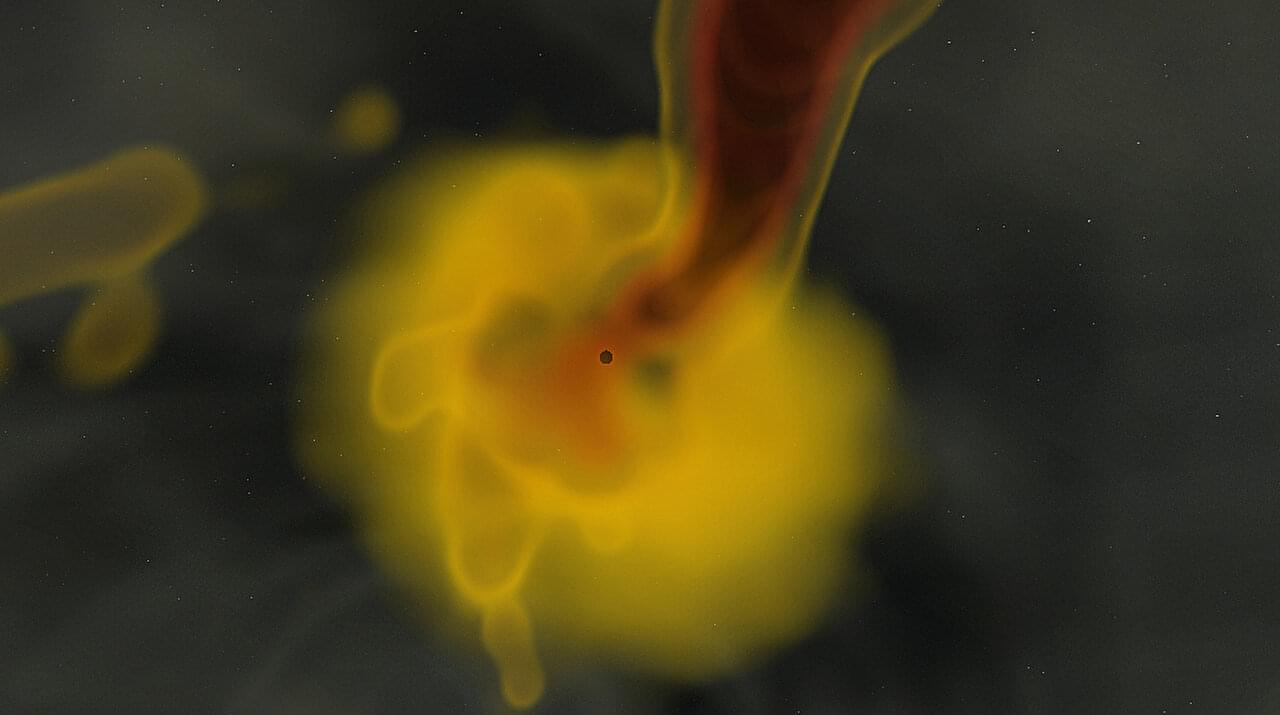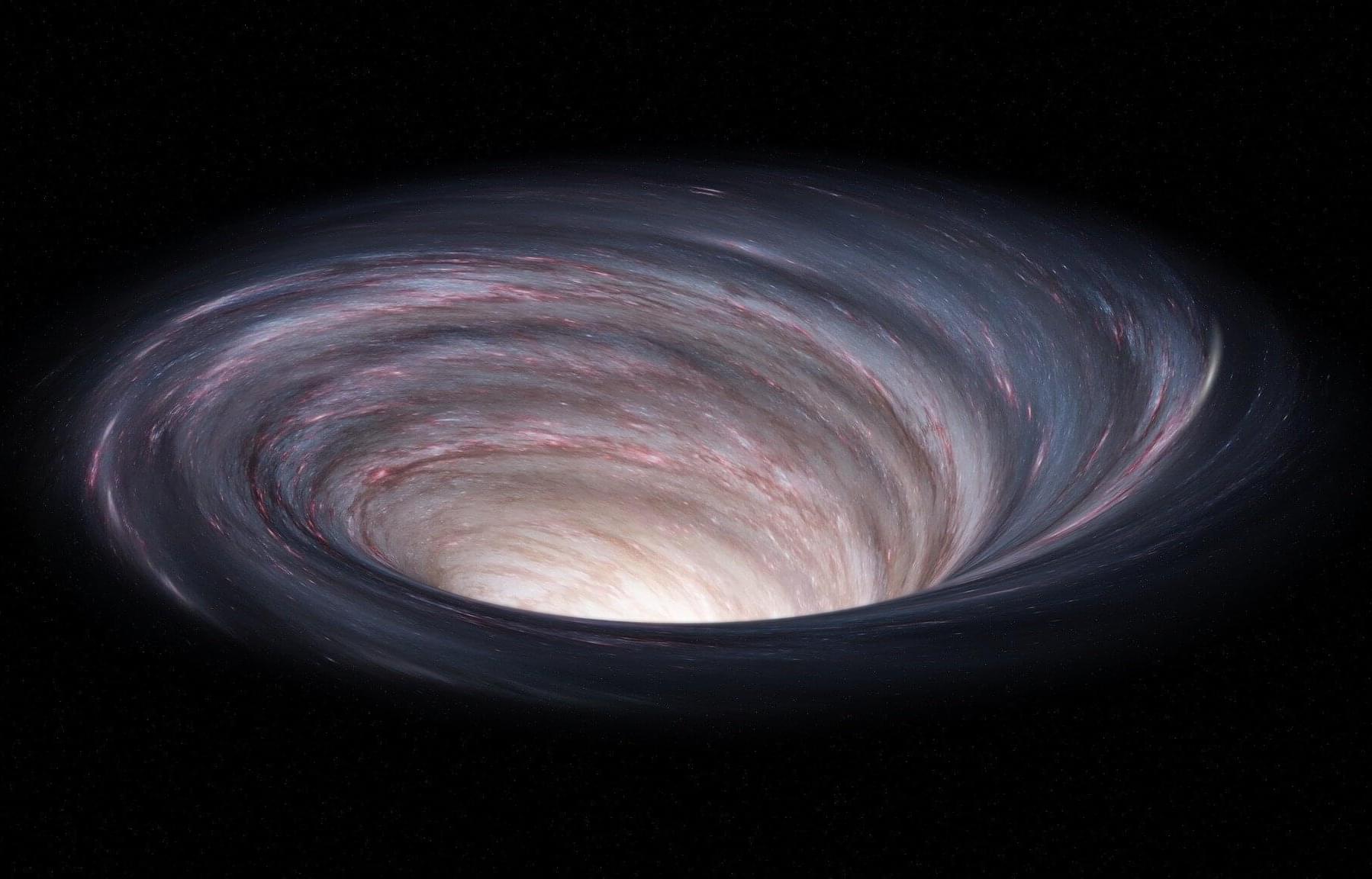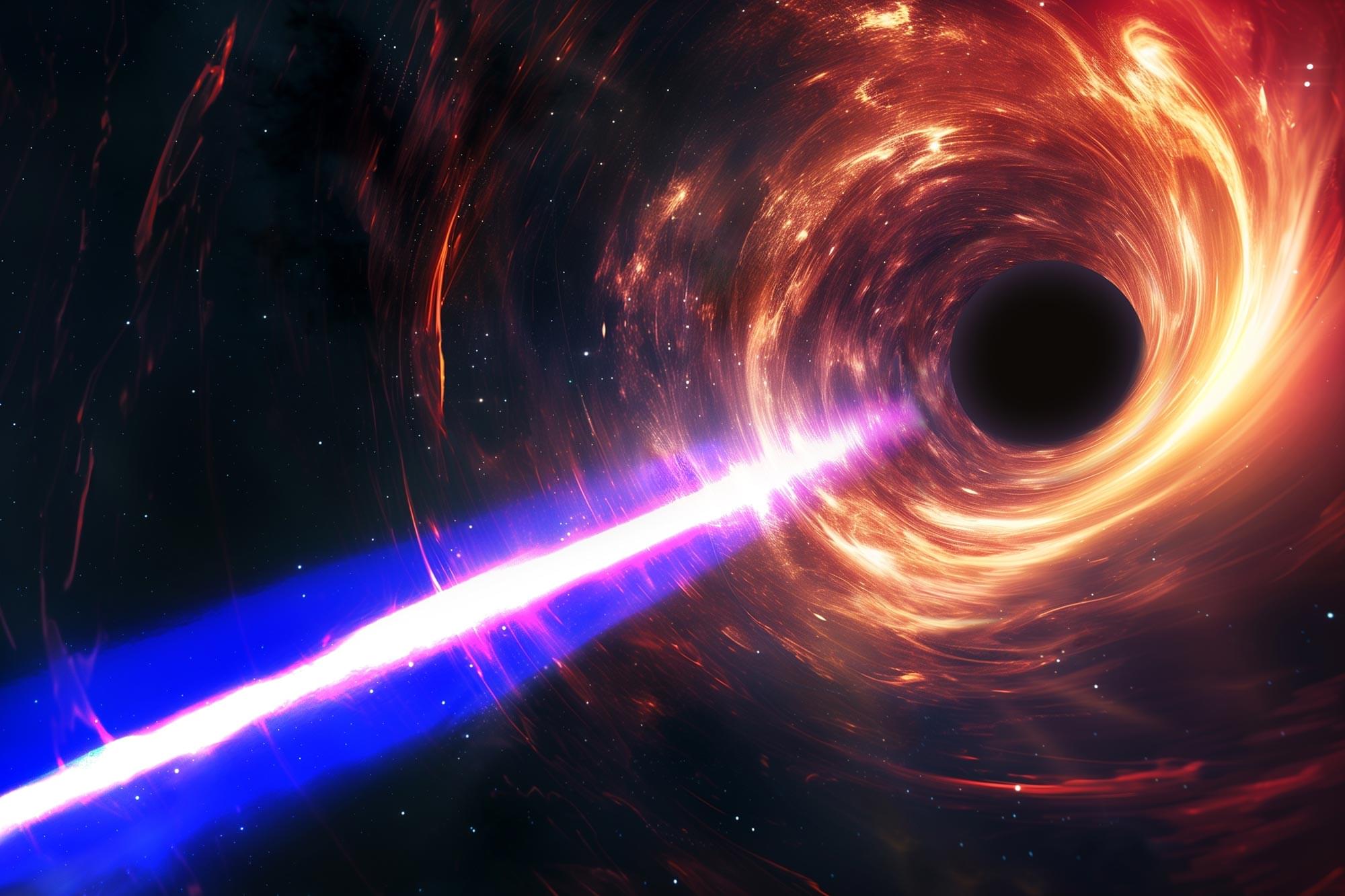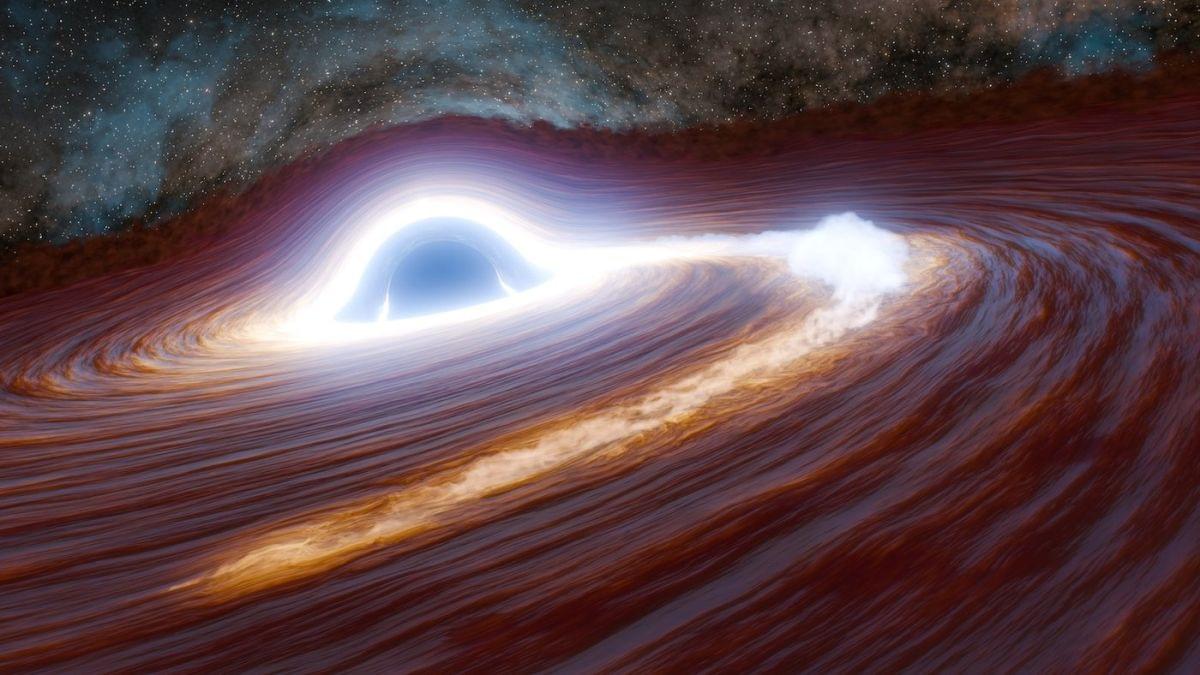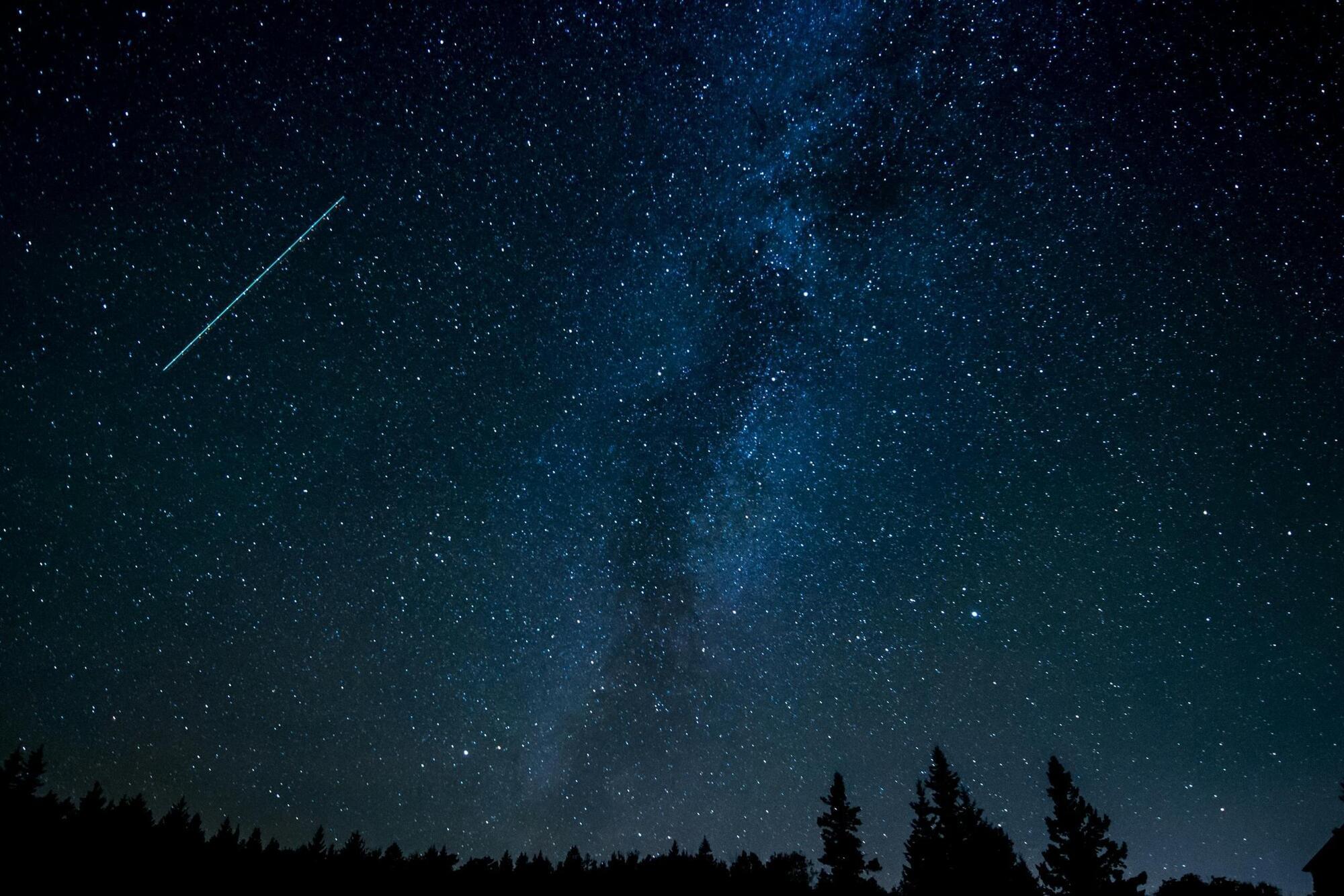For years, astronomers have been on the hunt for the first generation of stars, primordial relics of the early universe. And now they may have just found them. Ari Visbal from the University of Toledo, Ohio and colleagues believe they’ve glimpsed so-called Population III (Pop III) stars following a detailed analysis of previous James Webb Space Telescope (JWST) observations of a distant galaxy called LAP1-B.
Pop III stars are thought to be composed entirely of helium and hydrogen with trace amounts of lithium, the ingredients left over after the Big Bang. They formed early on, around 200 million years after the universe began. These stars are extremely rare because they died out long ago, although scientists have hoped that the faint light from these distant, ancient objects would be detectable.
Previous Population III candidates have been ruled out because they didn’t meet the three main predictions about their formation and properties. That is, they were formed in small dark-matter clumps (called halos), were extremely massive, and formed in small clusters.
